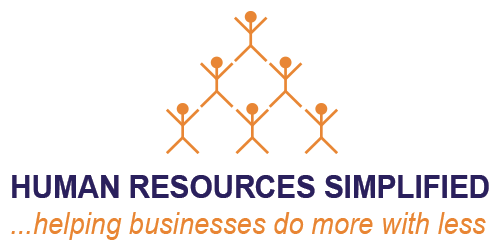Dictionary.com defines “decision” as the act or process of deciding; determination, as of a question or doubt, by making a judgment: They must make a decision between these two applicants.
Everyone makes decisions; even if you fail to decide, that is a decision. But making decisions in a step by step manner will make the process feel better.
Leaders are paid to make decisions. Better decision making is a cognitive process involving choosing the best course of action out of a choice of alternative courses. Many leaders go with their gut to make important business decisions, with poor outcomes. Many leaders avoid making decisions for as long as they can, practicing inertia and avoidance. But making decisions is a most critical job as a leader. There is a logical way to help leaders make decisions with good outcomes as we will discuss.
Decisions-making is fraught with traps! Three common traps according to “Harvard Business Review on Making Smart Decisions” are:
Anchoring: Many people give disproportionate weight to the first information they receive. Be sure to pursue other lines of thinking, even if the first one seems right.
Status quo: Change can be unsettling and it’s easy to favor alternatives that keep things the same. Ask if the status quo truly serves the objectives and downplay the urge to stay in your current state.
Confirming evidence: If you find that new information continually validates your existing point of view, ask a respected colleague to argue against your perspective. Also try to avoid working with people who always agree with you.
Let’s use an acronym to remember steps to follow. The DECIDE acronym is the one. DECIDE stands for:
D – Define the problem
E – Establish the criteria
C – Consider all of the alternatives
I – Identify the best alternative
D – Develop and implement a plan of action
E – Evaluate and monitor the solution
While the first two steps are can be done fairly easily, the next two steps are the crux of the process and can stump leaders. One tool that can be used is brainstorming. Brainstorming uses a group approach to develop alternatives and identify the best alternative. Participative management involves empowering employees to participate in finding solutions.
While leaders make decisions individually daily, for complex decisions brainstorming is a powerful tool. How is brainstorming conducted? It needs to be structured and with rules. A facilitator can be useful to keep the process on task and on time.
Here is a breakdown of the process:
Define and agree on the objectives of the session
Brainstorm a large number of ideas and suggestions during an agreed upon time limit
Categorize/condense/combine/refine the alternatives
Assess/analyze effects each alternative would have
Prioritize options/rank order as appropriate
Agree on the action and timeline
Follow-up with monitoring to see if the solutions worked
Before conducting a group brainstorming session, organizations should first have participants try to come up with their own solutions. Coming into a meeting with potential solutions reduces the risk that the participants will get bogged down on the first objective and latch onto it as an “anchor”.
After a decision is made and at the start of implementation time, employees must accept the decision in order to support it and follow it. Staff members want to understand the decision and how it relates to them. If they were part of a brainstorming session, then employee involvement was a tool used. How the decision is presented is also important, regardless of if it is good news or bad news (such as an upcoming layoff). With delivering good news, it needs to be stated up front and then the details afterward; with the delivering of bad news, more time has to spent up front on describing the problem, what went into the decision and then the big reveal of the decision. Answering questions will go far towards understanding and acceptance.
The best leaders practice sound decision making that serves the best interests of the company’s employees and customers.
Human Resources Simplified is an experienced and full-service human resources consulting company providing clients with strategic people and team planning, recruiting, training, mentoring and facilitating using consulting and coaching. If you have staff, we have solutions. Win the game of business with our specialists. Our team is focused on serving our clients Human Resources services in Sarasota, Bradenton, Lakewood Ranch, Venice and all along the Suncoast!

Jean (JJ in HR) is a certified senior-level human resources executive/consultant, adjunct professor, management trainer, professional speaker, resume writer, career coach, LinkedIn profile builder, and published author.






Leave A Comment